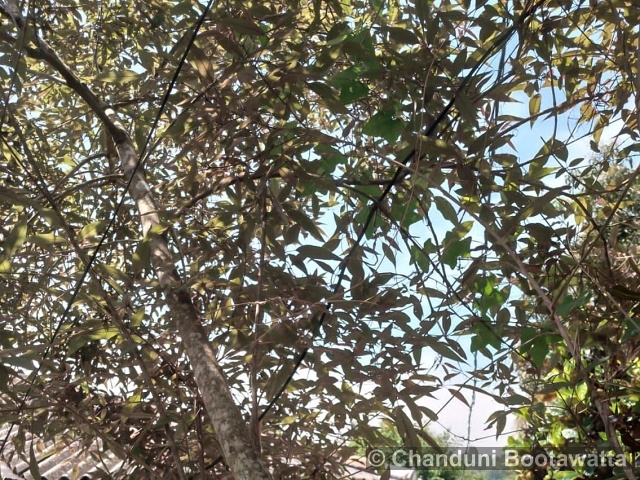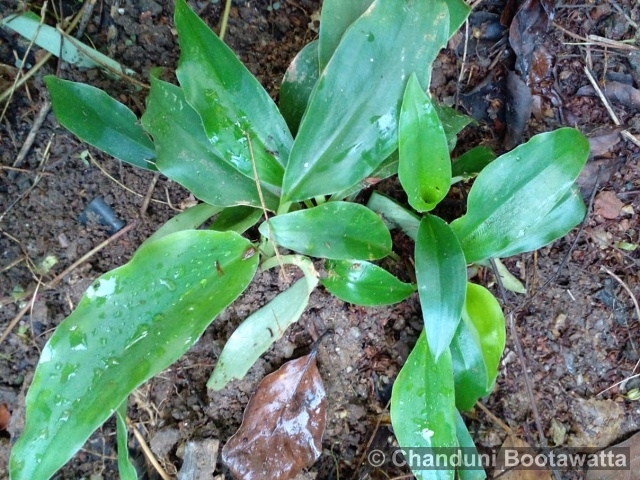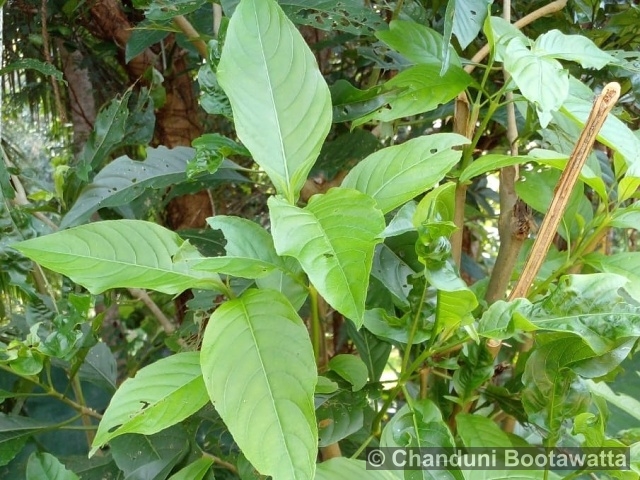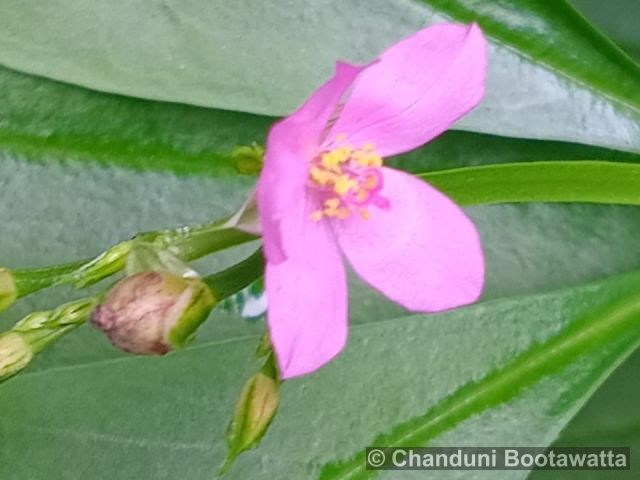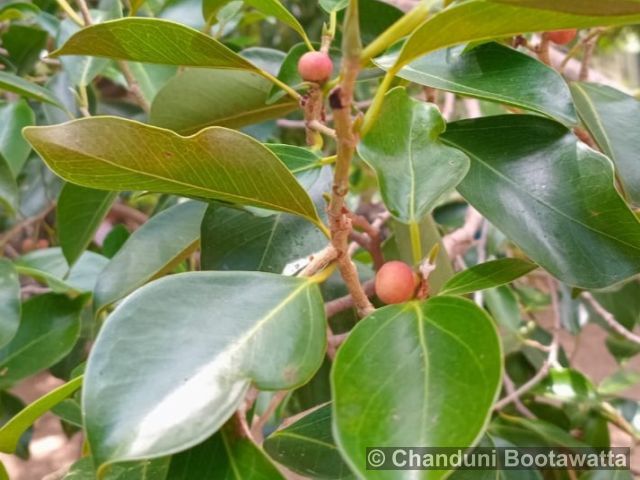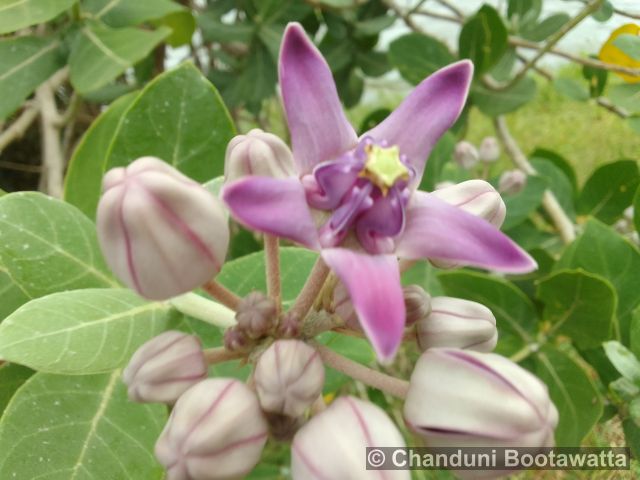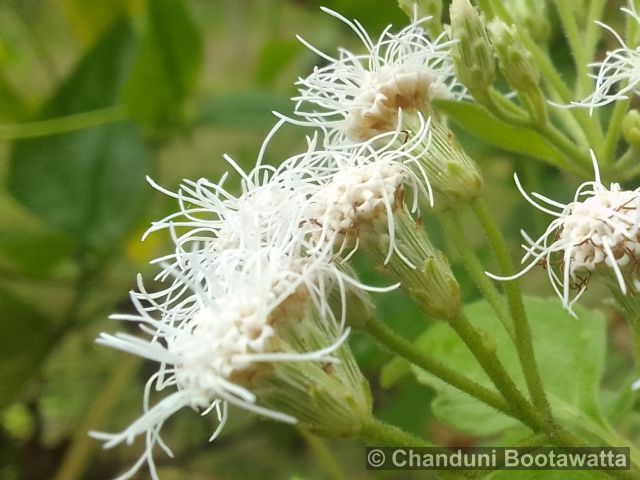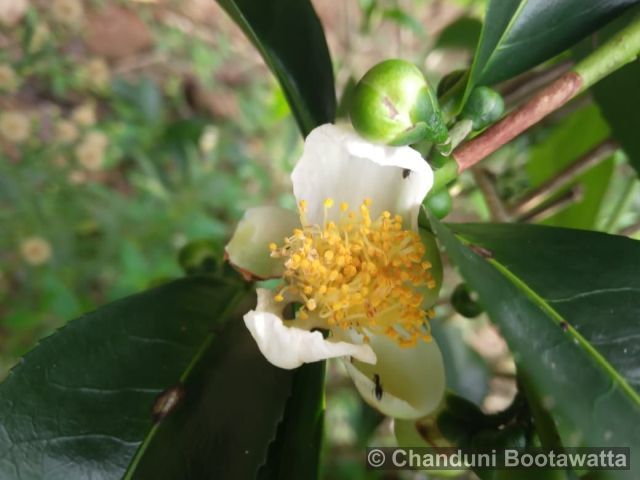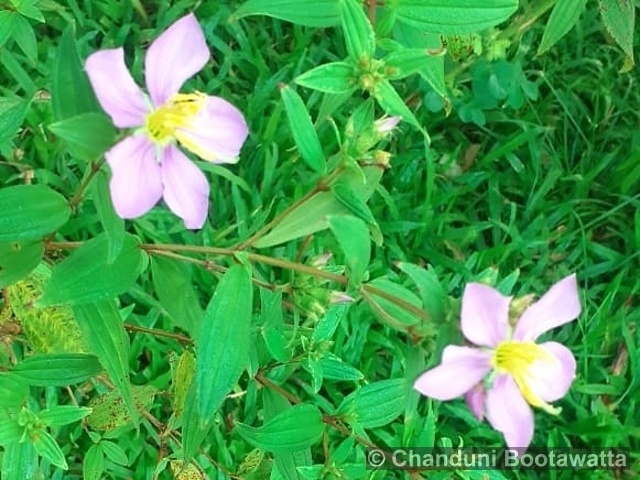Tento příspěvek byl přečten149krát!
Kapuruwalliya (කපුරුවල්ලිය ), Country Borage, Cuban oregano or Indian borage
Syn: Coleus amboinicus Lour., Coleus aromaticus Benth.
Family: Lamiaceae

Description: Its succulent, aromatic leaves are fuzzy and fleshy, featuring prominent veins and serrated edges. The stems are sturdy and upright, branching out as the plant matures. The small, tubular flowers bloom in clusters and vary in color from white to pale lavender.
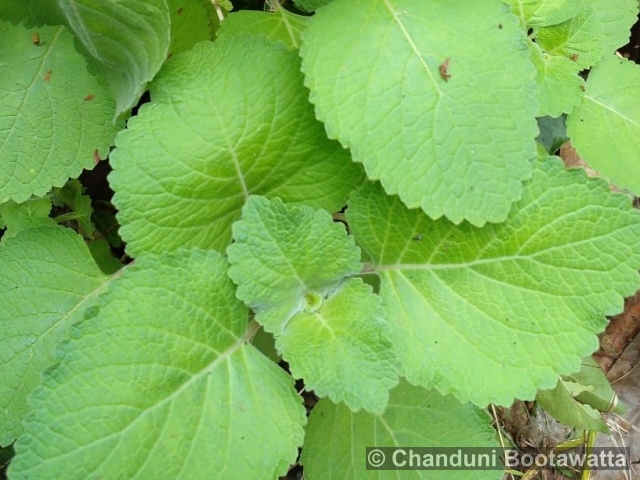
Substitutions: Peppermint (Mentha × piperita) – Known for its aromatic leaves and medicinal properties, commonly used in teas and for digestive ailments. Lemon balm (Melissa officinalis) – Features lemon-scented leaves and is used in teas and aromatherapy for relaxation and mild sedative effects.
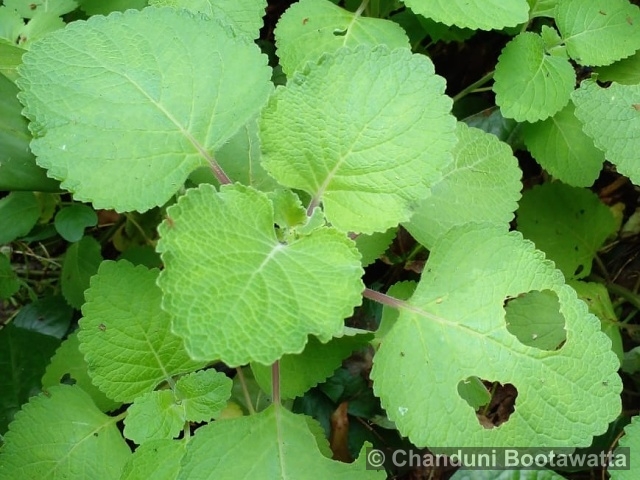
Ecology: Plectranthus amboinicus thrives in well-drained soil with adequate nutrients, preferring a warm, humid climate and partial shade for optimal growth.
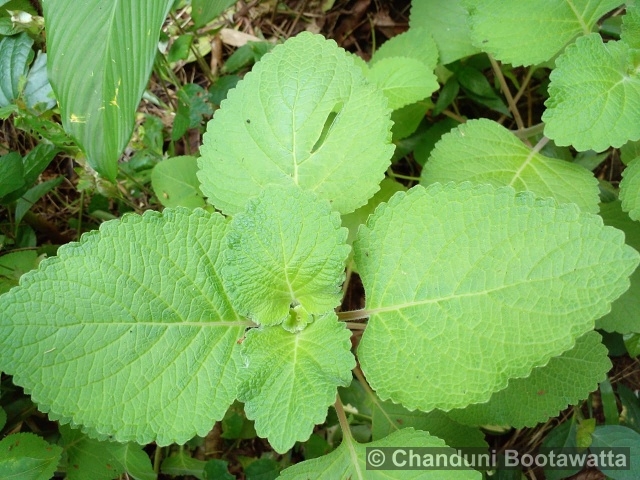
General Distribution: Is native to Southern and Eastern Africa but has been introduced and naturalized in various tropical and subtropical regions worldwide.
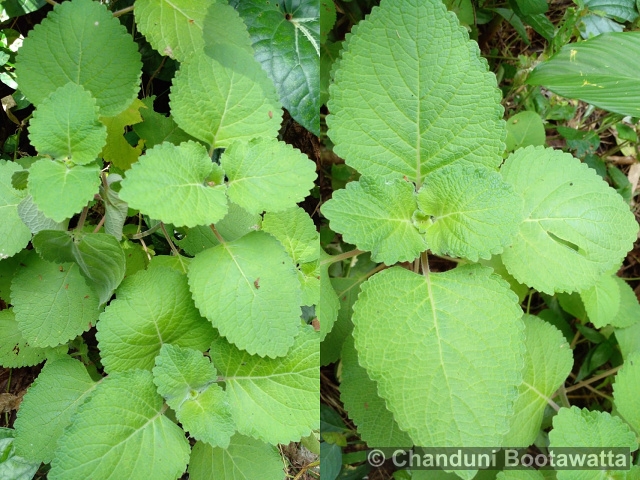
Use: Highly valued for its medicinal and culinary properties, Plectranthus amboinicus leaves are used fresh or dried to add flavor to various dishes, particularly in Southeast Asian and Indian cuisines. Additionally, its leaves are utilized in traditional medicine for their purported anti-inflammatory, antiseptic, and digestive properties, often brewed into teas or applied topically as poultices to alleviate ailments ranging from respiratory issues to skin irritations.
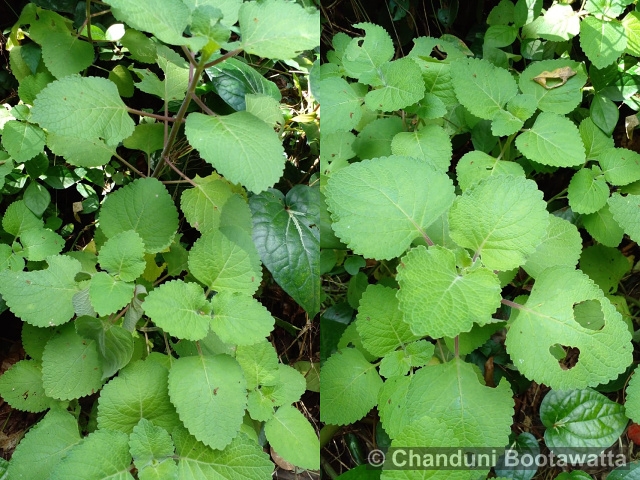
Author of text and photos: Chanduni Bootawatta.
Photographed in Kegalle, Sri Lanka on 02/03/2024.



 Poslat emailem
Poslat emailem